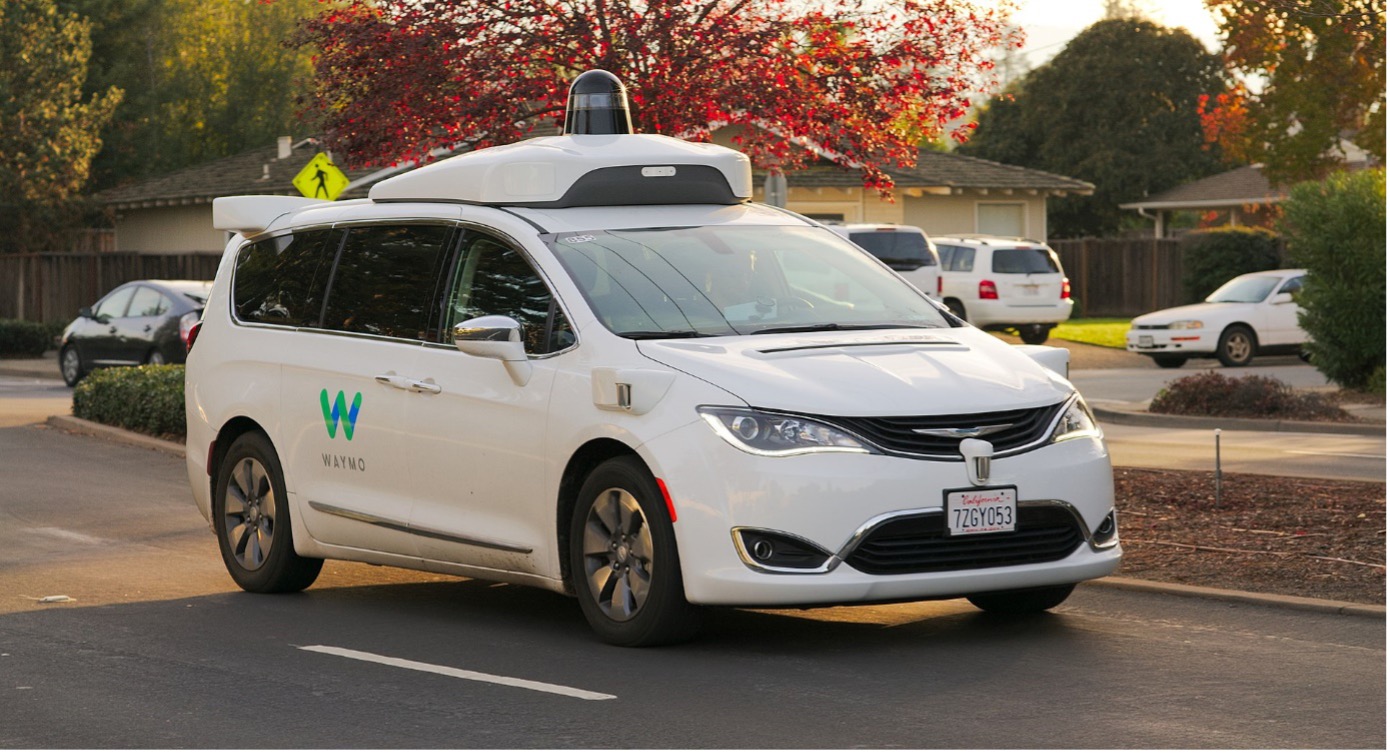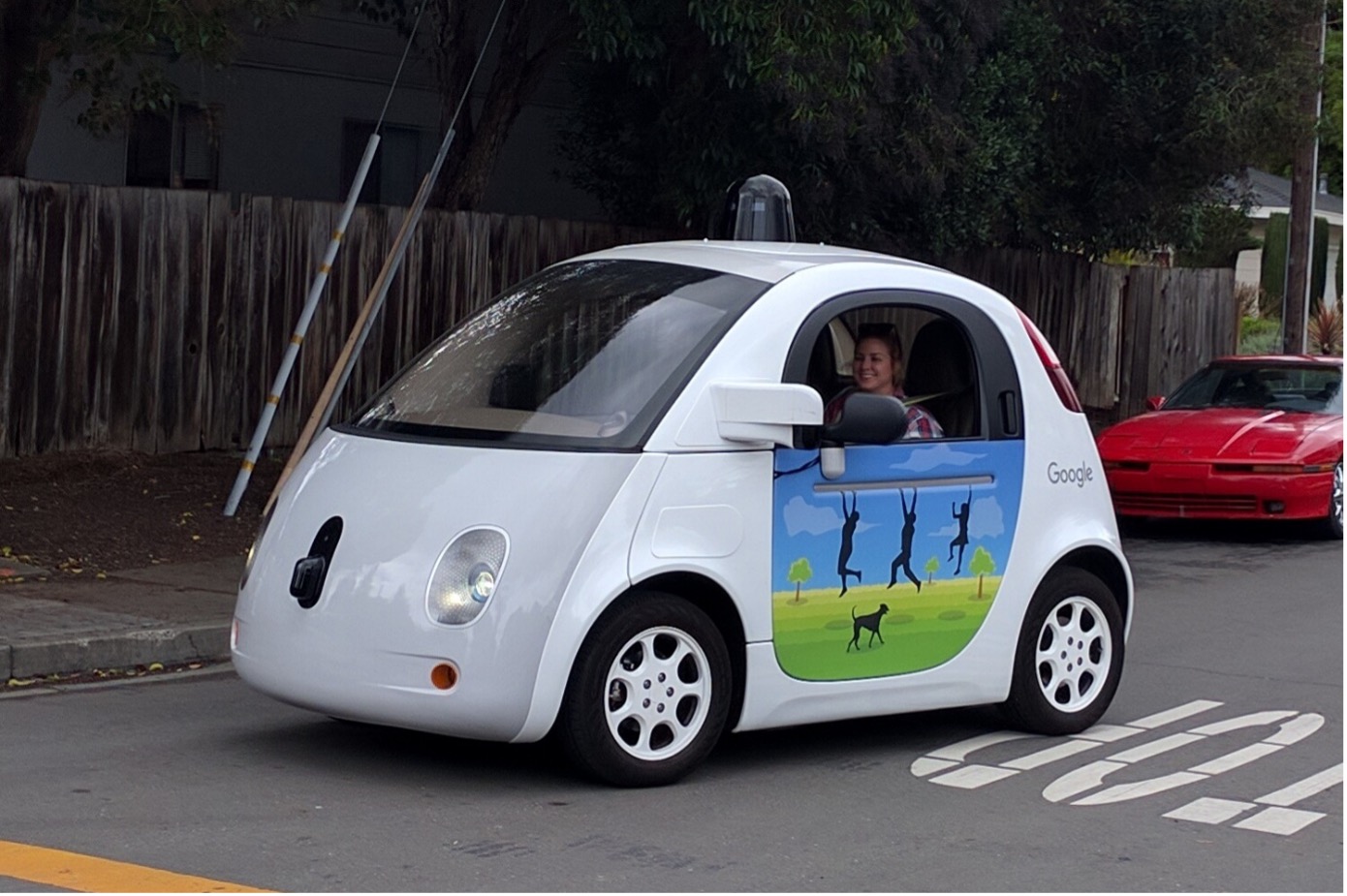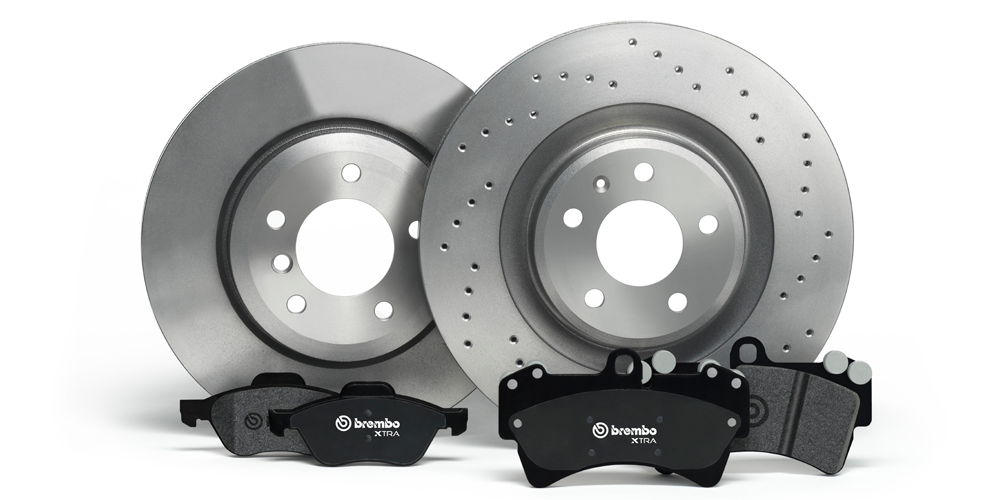Where are we regarding self-driving?
The new possibility, which strongly divides country leaders, users, and even manufacturers, which ensures that vehicles will not need human intervention on public roads, is expanding to an unprecedented extent – and suprisingly- this new possibility is not only encouraged by the passenger car market.
In our article, we summarize what self-driving is and where technology may move in the future.
Definition
If we had to give the definition of a self-driving vehicle, we could say that a self-driving car is a vehicle that is controlled without human intervention and with the help of digital technologies, which is able to drive in road traffic. It senses the details of its surroundings, navigates itself, so it is expected to need less space, therefore it uses the available road surface more efficiently, avoids traffic jams and reduces the probability of accidents.
Levels of self-driving
It is important to note that not all systems can be considered in the same way. The SAE J3016 standard defines the levels of self-driving. We present them in this chapter.

Chrysler Pacifica Hybrid –car for the experiments (source: www.wikipedia.org)
We should mention that there are more standards existing like Both BA St and NHTSA standards, but based on the events of recent years, we can say that the 2014 SAE is considered as the main standard.
Level 0: This means No Driving Automation, so the complete absence of driving automation. At this level, control is always in the hands of a person, even if it is possibly supported by active safety systems (which do not change the longitudinal or lateral movement of the vehicle in a reserved manner independently) while driving. The term “reservedly” is important, because SAE lists the automatic emergency brake that intervenes at a given moment as an example in addition to the various warning functions (like blind spot monitoring, lane departure warning).
Level 1: Here, certain driver assistance functions (ADAS) can already intervene in the movement of the vehicle (or they can carry out operations related to speed change or steering in a reserved manner, but not both at the same time). An important stipulation is that people are still responsible for management. Examples include the lane center control and the adaptive cruise control – at this level, only one is active of these.
Level 2: This is partial driving automation. At this level, the vehicle can perform both types of maneuvers independently, but it is still strictly stuck to human supervision. Most passenger cars sold today belong to this level – including models of Tesla.
Level 3: The system is already capable of carrying out complex tasks, for example the units installed in the vehicle are able to carry out the entire process of driving on their own if certain requirements are met – however, an important stipulation is that at level 3 the person behind the wheel must still be constantly ready to intervene if the car asks for it or there is a malfunction. Among the driving support systems, SAE mentions the traffic jam assistant.
Level 4: If we take the concepts strictly, we can talk about real self-driving only from this level. In this case, the vehicle no longer expects the driver to intervene in case of a problem, it has to drive the vehicle to a safe situation alone, without the help of the driver.
Level 5:The currently known highest level is distinguished from the fourth by the conditions and possibilities of the application: at the highest level of automatic driving, the vehicle thrives in all imaginable situations, at level 4 this is limited by, for example, speed, time of day, and road conditions.
For the complete standard, it is worth visiting the following page:
https://www.sae.org/standards/content/j3016_202104
Legal and user problems
Self-driving is not a new phenomenon. Such a vehicle was created in 1968 on behalf of the German Continental tyre factory, when a Mercedes 250 (W114) was equipped with various sensors and trackers and the car followed the wire placed on the test track with its transmitters. Meanwhile, the vehicle was monitored from a control room. The goal was to be able to test tyres under programmed conditions because in this way it was possible to eliminate the human factor, which can significantly influence the accuracy of the measurements.
However, when these options were introduced to the public, several legal questions arose. For example, who is responsible for in case of an accident. Among other things, it was important to lay down the SAE standard but the truth is that there are still legally questionable cases.
A particular difficulty in the acceptance of the systems is that many users do not differentiate between the different levels of self-driving and users are often treating their cars’ abilities like these cars have level 4 or 5 self-driving capability even if a country not yet authorized these levels. Because of this, unfortunately, many accidents still occur today.

Google’s “self-driving” car from 2016 (source: www.wikipedia.org)
In order to protect the customers, it should be noted that the manufacturers do not do everything for clarification either. For example, the Level 2 Tesla system was named as Autopilot, although now it is certainly bad idea to leave the car driving itself alone.
Tesla – like many other manufacturers – does not provide ready-made products to customers, but provides for itself a real test environment, in order to develop its own system with the help of a large amount of real data.
Passenger and goods transport
The fact that most continents are struggling with an increasingly severe shortage of drivers for both trucks and buses gave an extra push to the development of self-driving. Since the solution of the case has become more urgent than ever, everyone expects that the need to replace professional drivers as soon as possible will urge the development processes.
Vision
Although there are still drivers who distance themselves completely from self-driving, according to our current knowledge, there is no doubt that such systems will spread rapidly in the coming decades. It is true that until now it was not possible to create perfect and error-free software for these applications, but once the human error rate is stably exceeded, it will probably be a valid reason for most countries to allow all levels of self-driving.









